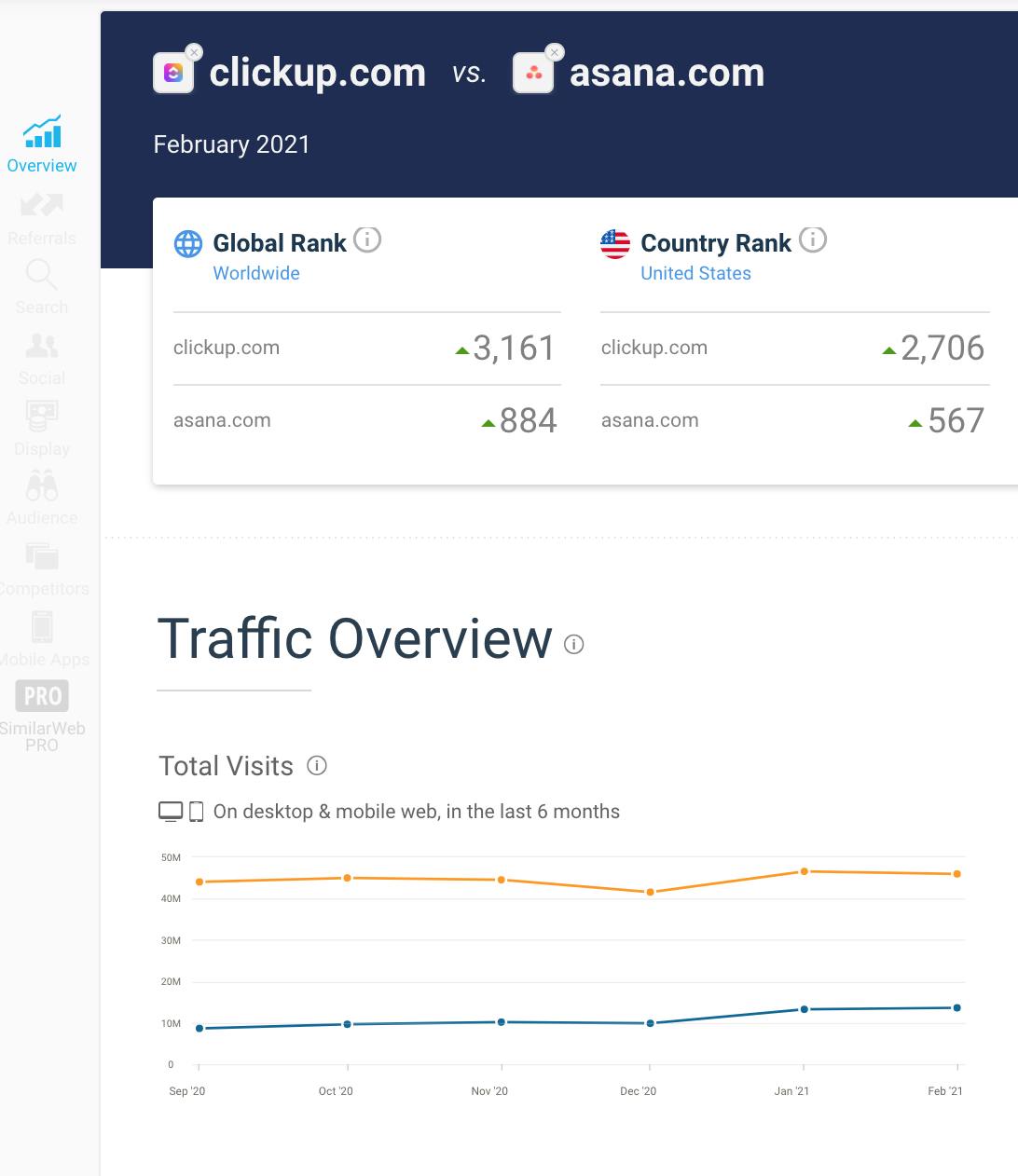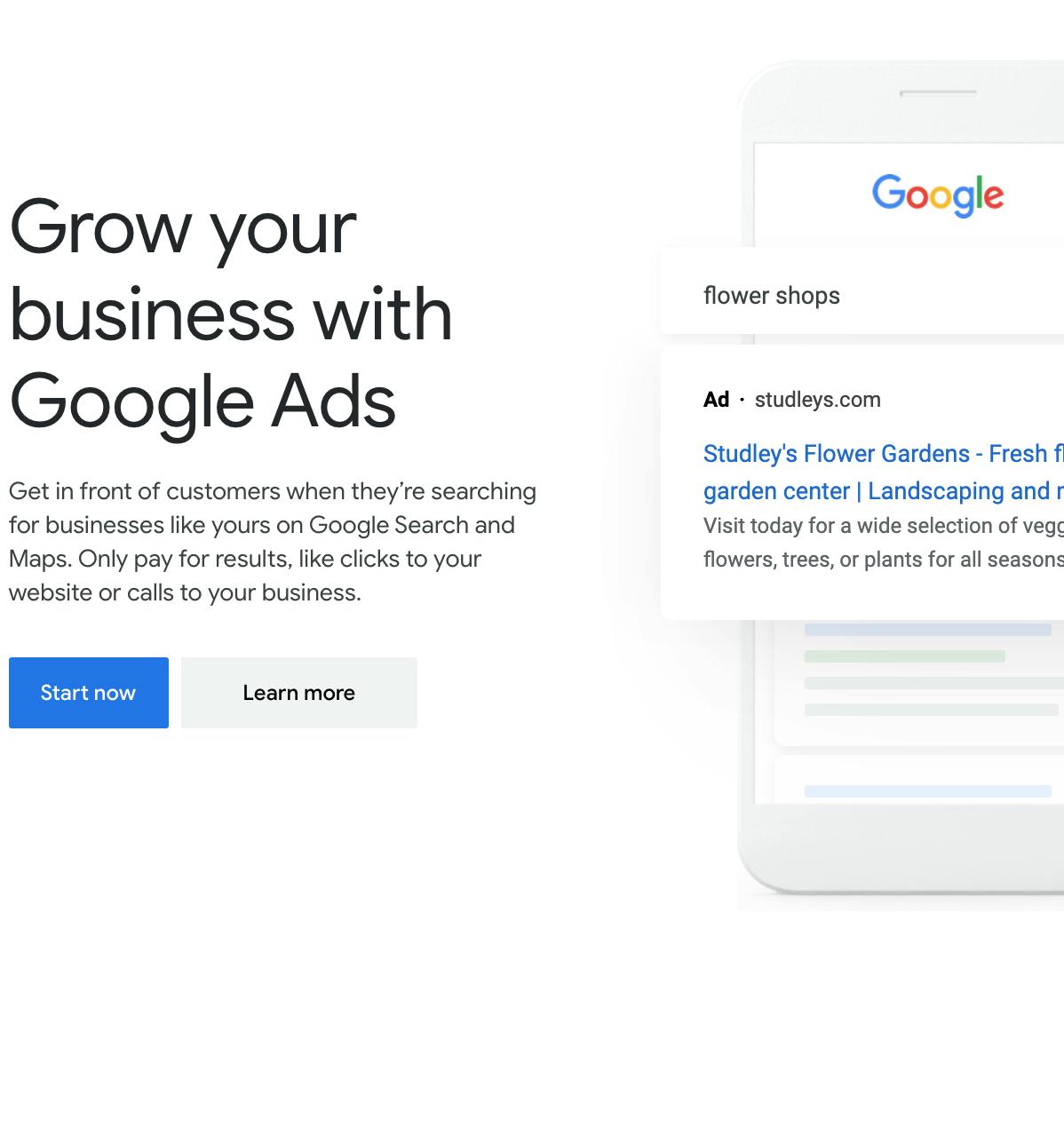Market & competitor analysis
Product marketing strategy starts with market and competitor research. Detailed and extensive research provides insights into the strengths and weaknesses of existing direct and indirect competitors. Armed with this information, businesses are able to create the best-suited value proposition, prioritize product roadmap, and optimize marketing and development efforts.


Customer development & product positioning
Having a product vision and market analysis ready, the business is ready to develop hypotheses, which, when tested, will help confirm or modify product strategy. This can be done through qualitative and quantitative customer research (in-depth interviews, questionnaires, focus groups, etc), as well as minimum viable product development and testing. Product positioning vision is being created in parallel to customer development and achieves clarity as the business model receives customer validation.

Communication strategy & messaging
Following the customer development process, we can create target personas. The needs of the target personas serve as the basis for communication strategy. For each need, we create a unique value proposition to satisfy the customer need, and the key messages to communicate this to the customer segment. This collection of needs, solutions, and messages becomes the backbone of consistent marketing communication.

Customer acquisition strategy & implementation
Each product sets limits for customer acquisition strategy. B2B product will likely have a narrow market and a long buying cycle, while B2C may require bolder marketing moves and a wider channel selection. Correctly chosen customer acquisition strategy will allow for steep user growth at every step of the product life cycle, while efficient implementation helps optimize advertising costs.

User behavior analysis & retention strategy
One of the core drivers of product growth is user feedback. Best products create abundant, sometimes excessive, solutions to gather feedback from the earliest stages of product development. These may include behavior tracking and analysis, feedback polls and surveys, diligent customer care, and experience improvements. Constant feedback loops allow one to modify development and communication strategies to better serve the target customers, which, in turn, provides for longer user retention and lifetime value, increasing product revenue and profits.

Product expansion strategy alignment
Once the product is stable and growing, the next question is defining the product expansion strategy. Instead of spreading thin by growing in numerous directions, an ideal strategy includes carefully selecting one or two areas of focus for future growth. To make the decision, you want to consider existing market opportunities, the intersection of existing and potential target audiences, product strengths and weaknesses. Similarly to customer development stage, our team can support you with the necessary research and analysis to test the hypotheses against the market and make an informed decision.
Let's talk
Drop us a line & we will get back to you soon!

